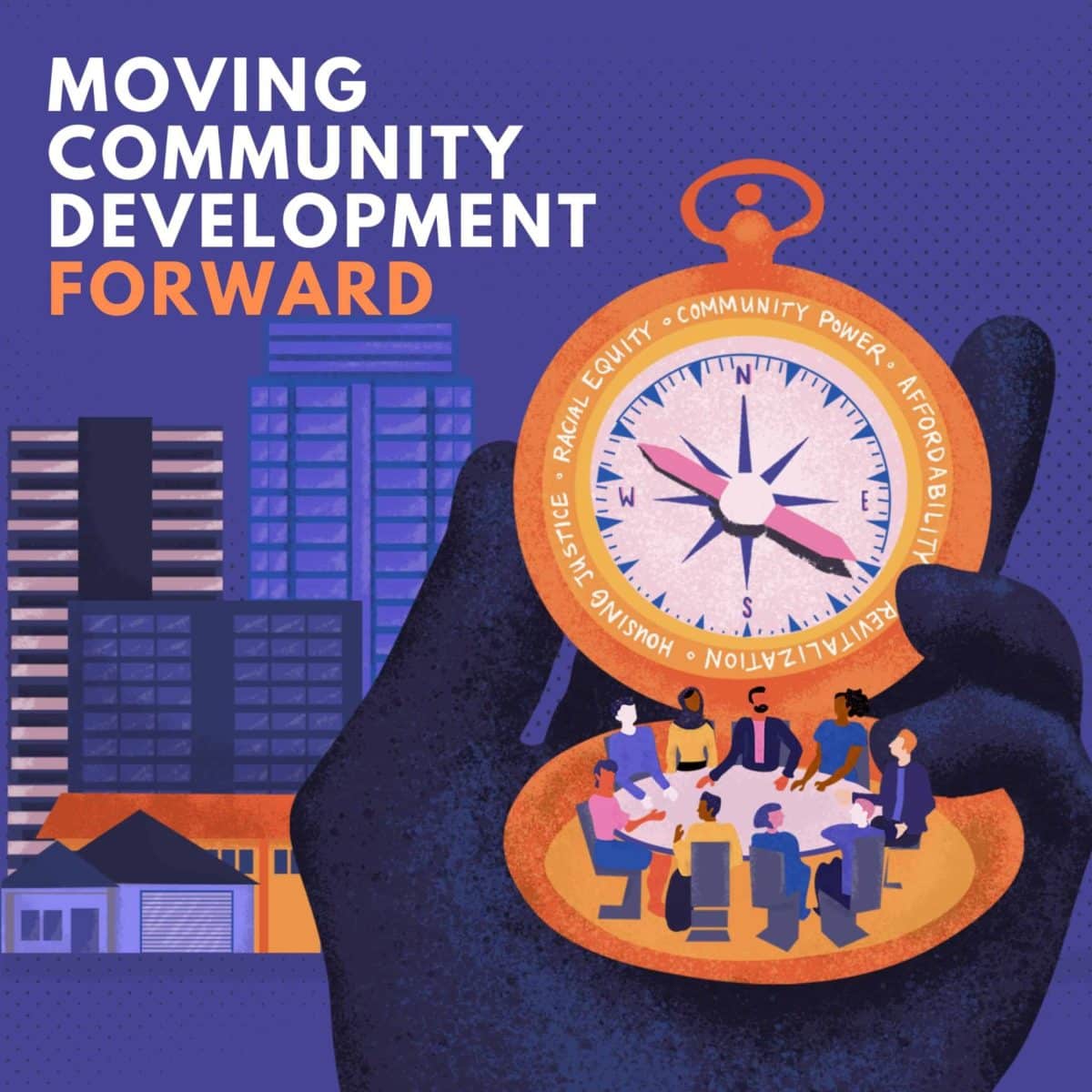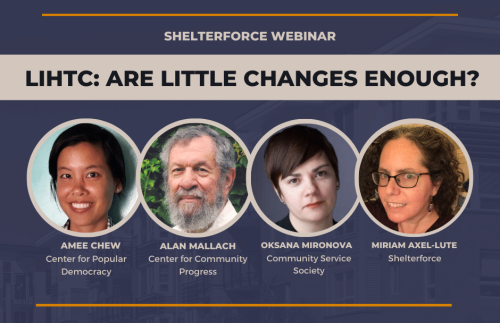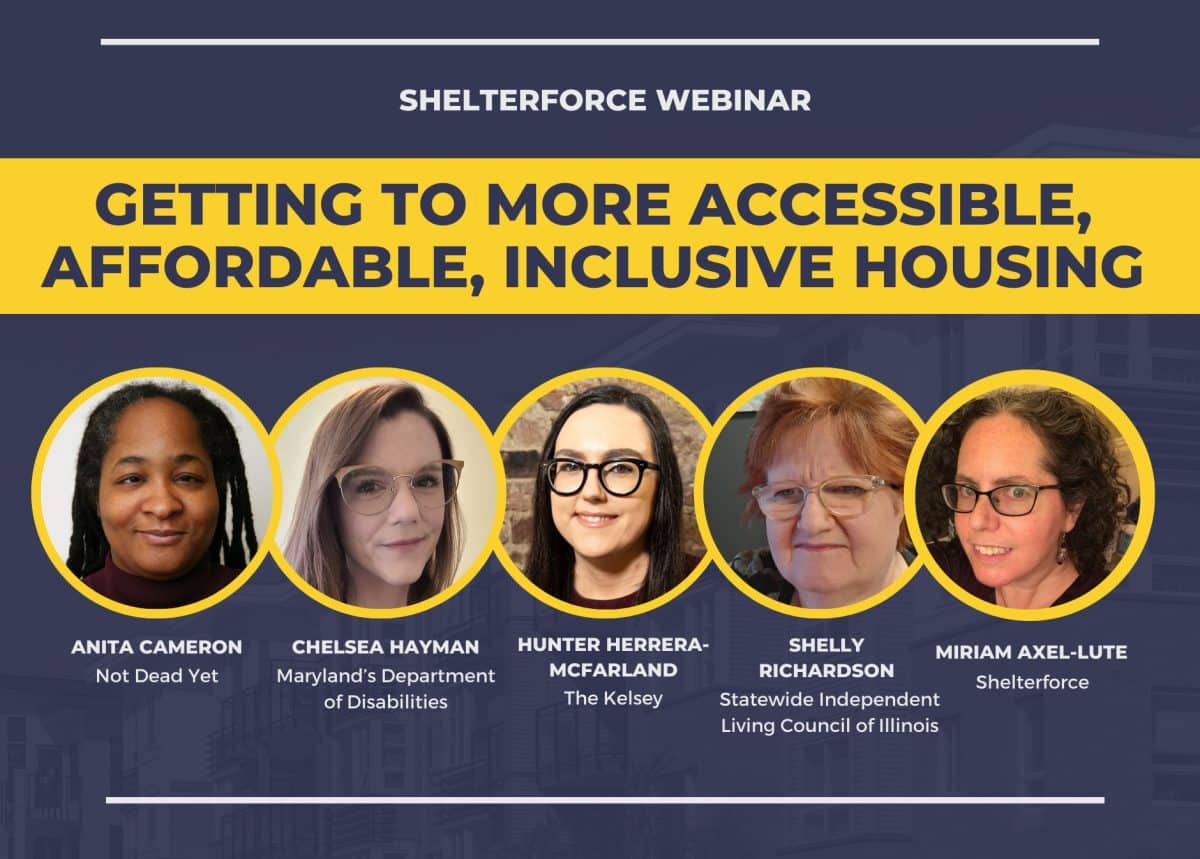
The Housing-Education Intersection
Stable, healthy, decent affordable housing sets children up for educational success, and allows schools to be able to focus on what they do best. Shelterforce’s Miriam Axel-Lute breaks down the housing-education connection and what you can expect in our new series.

Winning Tenant Protections Isn’t Enough
When tenant protections are popular, opponents know better than to try to repeal them. But they can damage them just the same.

How Policy Can Help Tenants Purchase Their Homes, a Webinar
Laws that give tenants the ability to purchase their own apartments are popping up across the country. In this webinar, a panel of folks who have been reporting on, fighting for, and using these policies offer their perspectives on this powerful anti-displacement tool.

Community Development: Between a Rock and a Hard Place?
One of the major questions for the affordable housing world in the next couple of years will be how well its various segments come together.

Not Only Building Buildings: The Black Community Developers Group
A conversation with Leatrice Moore, executive director of Black Community Developers Group, about the need for BCDG and plans for the future.

New Research Gives Different—But Complementary—Looks at the Community Development Field
Three fascinating research projects take very different approaches to learning more about the sector, but many of the storylines they are surfacing are related.

Which Way Community Development?
The community development field is in an interesting and challenging spot right now. Our new Under the Lens series zooms in and explores this moment in the field.

A (Much) Older Example of Social Housing Than Vienna
History often feels like a depressing account of the worst things people can do to each other. But a recent book contains reminders that nothing is inevitable, and sometimes people have done better than we’re doing now—even in terms of housing and social equity.

Targeting First-Generation Homebuyers Is a Great Way to Direct Downpayment Assistance—And It Could Be Better
The proposed program could shrink the racial homeownership gap while serving a wide cross-section of people. But it only addresses some of the results of past discrimination.

LIHTC: Are Little Changes Enough? A Shelterforce Webinar
There are reforms and expansions of Low-Income Housing Tax Credit afoot. But some in the field argue that we need to change the tax credit model of financing housing more deeply—or move away from it entirely. Join scholars and organizers as they discuss these issues and explore a path forward.

Getting to More Accessible, Affordable, Inclusive Housing, a Shelterforce Webinar
Four disability advocates and experts explain what’s needed to house Americans with disabilities and some of the work that’s being done to get there.

Legitimate Debate or Short-Sighted Complaints? 5 Reasons Affordable Housing Is Expensive to Build
There’s no denying that affordable housing can be expensive to build. But we need to look at the long-term benefits of those investments to see the bigger picture.
